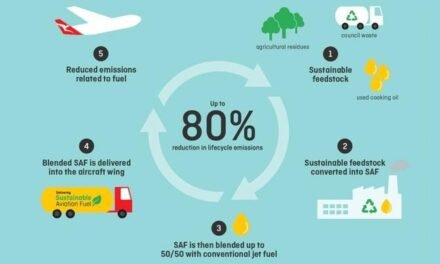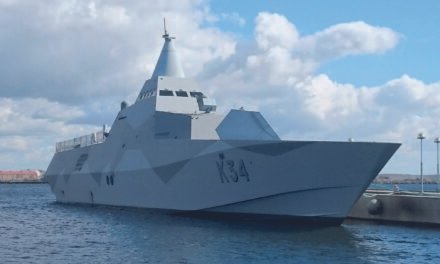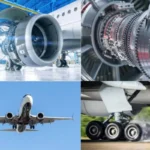Green propulsion systems in military aircraft and unmanned aerial vehicles (UAVs) offer significant environmental benefits while maintaining operational effectiveness. These systems reduce emissions, enhance energy efficiency, and minimize the ecological footprint of military operations. Here are the key environmental benefits:
1. Reduced Greenhouse Gas (GHG) Emissions
- Low-Carbon Fuels: Using sustainable aviation fuels (SAFs), hydrogen, or biofuels in green propulsion systems cuts CO₂ emissions compared to traditional fossil fuels.
- Electric and Hybrid-Electric Propulsion: Fully electric or hybrid systems produce zero or significantly reduced direct emissions, contributing to decarbonizing military aviation.
- Lifecycle Emissions Reduction: Green fuels derived from renewable sources or waste materials have lower lifecycle emissions, reducing the overall environmental impact of fuel production and use.
2. Decreased Air Pollutants
- Lower NOx Emissions: Advanced green propulsion technologies, such as hydrogen combustion or fuel cells, emit minimal nitrogen oxides (NOx), which contribute to air pollution and ozone depletion.
- Particulate Matter Reduction: Cleaner combustion processes and electric propulsion produce less particulate matter, improving air quality in and around operational areas.
3. Mitigation of Climate Impact
- Reduced Contrail Formation: Hydrogen and electric propulsion systems produce water vapor but in a manner that can potentially lower contrail formation, reducing their warming effects in the upper atmosphere.
- Sustainable Fuel Sources: SAFs produced using renewable energy contribute to a net reduction in climate impact by recycling CO₂ absorbed during feedstock growth.
4. Improved Energy Efficiency
- Electric Propulsion: Electric systems are inherently more energy-efficient than internal combustion engines, requiring less energy input for the same operational output.
- Hybrid Systems: Optimizing energy use during different phases of flight (e.g., takeoff vs. cruising) reduces overall fuel consumption and associated emissions.
5. Enhanced Battlefield Sustainability
- Reduced Fuel Demand: Green propulsion systems lower the logistical burden of transporting traditional fuels, decreasing environmental degradation from fuel supply chains.
- Minimized Spills and Leaks: Using SAFs or hydrogen reduces the risk of environmental contamination from fuel spills, which are common with conventional fuels.
6. Noise Pollution Reduction
- Quieter Operations: Electric and hybrid-electric propulsion systems produce significantly less noise than conventional jet engines, reducing noise pollution in sensitive environments and civilian areas.
7. Support for Renewable Energy Integration
- Hydrogen Production with Renewables: Hydrogen-powered propulsion systems can leverage green hydrogen produced from renewable sources, aligning military operations with broader renewable energy goals.
- Battery Charging with Clean Energy: Electric UAVs and aircraft can be charged using renewable energy, creating a low-carbon operational lifecycle.
8. Preservation of Natural Ecosystems
- Minimized Ecological Disturbance: Reduced emissions and noise levels help protect ecosystems and biodiversity, particularly in areas of military operations near natural habitats.
- Cleaner Maintenance Practices: Green propulsion systems often involve cleaner maintenance processes, with fewer toxic chemicals or hazardous waste.
9. Long-Term Sustainability
- Decreased Dependency on Fossil Fuels: Transitioning to green propulsion systems reduces reliance on finite fossil fuel resources, aligning military operations with long-term energy security and sustainability goals.
- Recyclable Components: Advanced batteries and fuel cell systems can be designed with recyclability in mind, reducing waste and conserving resources.
10. Strategic and Environmental Synergies
- Reduced Operational Footprint: Deploying green propulsion systems in military UAVs and aircraft contributes to lowering the overall environmental footprint of military operations without compromising mission effectiveness.
- Global Compliance: Transitioning to green technologies aligns military aviation with global emissions reduction goals, enhancing international cooperation on climate and environmental issues.













